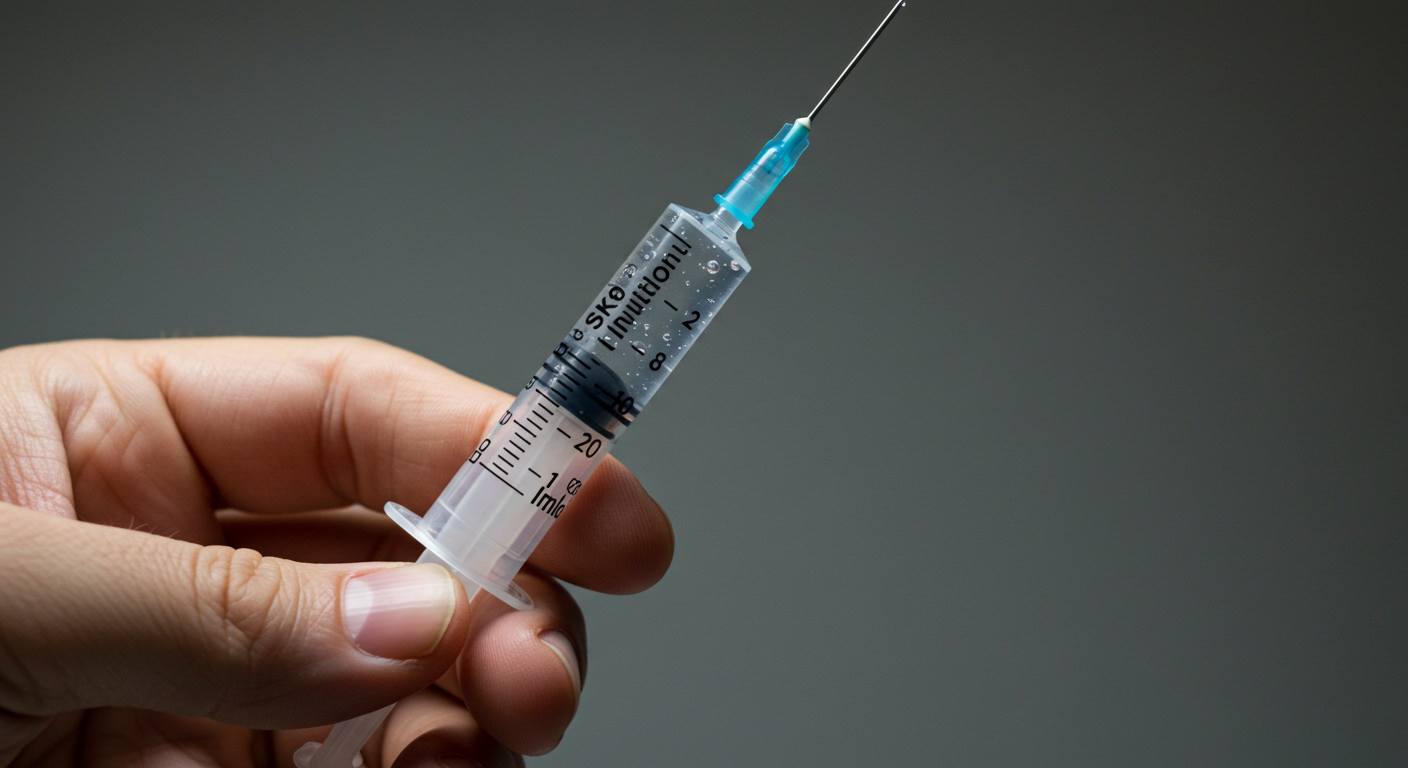Dr. Kumar’s Take
This BMJ study shows that adding PCSK9 inhibitors or ezetimibe to standard statin therapy can lower the chance of having a heart attack or stroke—especially in people at high risk for heart disease. Though the results were positive, the benefits were modest and only valid for those at high risk. For example, in high-risk patients, PCSK9 inhibitors can reduce heart attacks by about 12 fewer events per 1000 people over five years. So over 5 years, your absolute risk of having a heart attack was reduced by 1.2% or 0.24% per year. And strokes were reduced by about 16 fewer events per 1000 people. That’s a 1.6% absolute reduction in strokes over 5 years or a 0.32% absolute risk reduction per year. For low or moderate risk patients, the benefits were essentially non-existent.
Brief Summary:
A systematic review and network meta-analysis examined whether PCSK9 inhibitors and ezetimibe, when added to maximally tolerated statin therapy—or used in statin-intolerant patients—could reduce cardiovascular events. The analysis pooled data from 14 large clinical trials with over 83,000 adults. The study found that both treatments lower the risk of non-fatal heart attacks and strokes in high and very high-risk patients, though they did not reduce overall or cardiovascular mortality.
Key Takeaways:
✔ PCSK9 inhibitors reduced heart attacks by about 12 per 1000 patients and strokes by about 16 per 1000 over five years in high-risk patients (ARRs of 1.2% and 1.6%).
✔ Ezetimibe also reduced heart attacks and strokes, but its effect was slightly smaller than that of PCSK9 inhibitors.
✔ Neither treatment significantly reduced overall or cardiovascular death rates.
✔ Patients with moderate or low risk saw little benefit from adding these medications.
Study Design:
This study was a systematic review and network meta-analysis that combined data from 14 randomized controlled trials. These trials involved adults who were already on the maximum tolerated dose of statins or were unable to take statins. The treatments compared were:
- PCSK9 inhibitors (e.g., alirocumab, evolocumab, inclisiran)
- Ezetimibe
- Control treatments (placebo or standard care)
The researchers focused on key outcomes such as non-fatal myocardial infarction (heart attack), non-fatal stroke, all-cause mortality, and cardiovascular mortality over a five-year period.
Results:
✔ Non-Fatal Myocardial Infarction:
- In high-risk patients, adding PCSK9 inhibitors to statins reduced heart attacks by about 12 fewer events per 1000 patients (ARR = 1.2%).
- Ezetimibe also reduced heart attacks, though the reduction was slightly less and sometimes did not meet the minimal important difference.
✔ Non-Fatal Stroke:
- PCSK9 inhibitors reduced strokes by about 16 fewer events per 1000 patients (ARR = 1.6%) in high-risk individuals.
- Ezetimibe similarly lowered stroke risk, with reductions around 11 to 14 fewer events per 1000 patients in some risk groups.
✔ Mortality:
- Neither treatment showed significant improvements in reducing overall or cardiovascular death rates.
How PCSK9 Inhibitors and Ezetimibe Work:
PCSK9 inhibitors help the body remove low-density lipoprotein (LDL) cholesterol—often called “bad cholesterol”—from the bloodstream. Ezetimibe works by blocking the absorption of cholesterol in the small intestine. Lowering LDL cholesterol reduces plaque buildup in the arteries, which decreases the risk of heart attacks and strokes.
Related Studies and Research
PCSK9 Inhibitors and Cardiovascular Risk – Explores how PCSK9 inhibitors lower LDL cholesterol and reduce cardiovascular risk.
ApoB vs. LDL Cholesterol: Which is the Better Risk Marker? – Compares ApoB and LDL cholesterol as predictors of cardiovascular disease.
Statins and Heart Disease: A Review – Examines the role of statins in managing heart disease and their overall effectiveness.
Rosuvastatin, CRP, and the JUPITER Trial – Reviews how rosuvastatin and CRP levels influenced cardiovascular risk reduction in the JUPITER trial.
Frequently Asked Questions
What is Absolute Risk Reduction (ARR)?
ARR tells us how much a treatment reduces the risk of a bad event (like a heart attack) in a group of patients. For example, an ARR of 1.2% means that if 1000 high-risk patients are treated, about 12 fewer people will have a heart attack compared to those not receiving the treatment.
Who benefits the most from these therapies?
Patients at very high or high cardiovascular risk benefit the most from PCSK9 inhibitors and ezetimibe. Those with moderate or low risk see only small benefits.
Why don’t these drugs reduce mortality?
While these drugs help reduce non-fatal heart attacks and strokes, they do not significantly change overall death rates. This might be because many factors contribute to mortality, and lowering LDL cholesterol may be less important than other factors.
Can these treatments be used if I can’t tolerate statins?
Yes, the study also looked at patients who are intolerant to statins, and similar benefits in reducing heart attacks and strokes were observed in this group.
Conclusion
This study showed that adding PCSK9 inhibitors or ezetimibe to statin therapy can lower the risk of heart attacks and strokes, especially in high-risk patients. With clear ARR numbers—such as a 1.2% reduction in heart attacks and a 1.6% reduction in strokes for high-risk patients—these treatments offer a small benefit. However, they do not lower the overall risk of death. If you are at high risk for cardiovascular events, discuss with your doctor whether these additional therapies might be right for you.


